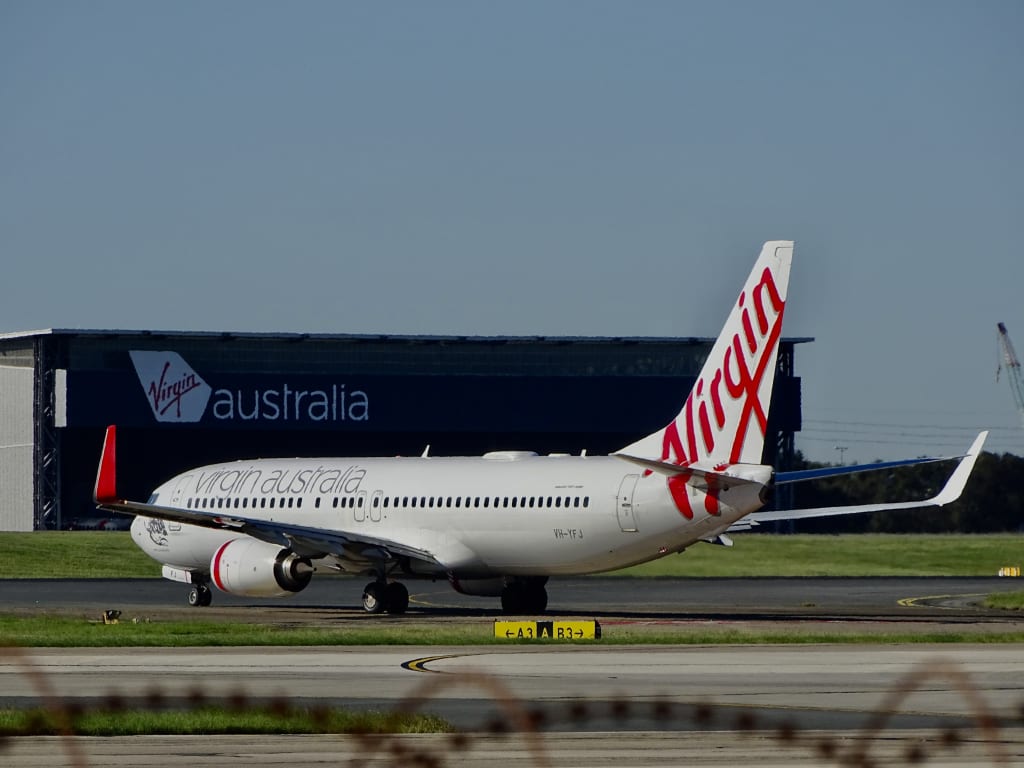The Boeing 737 Max-8: A Complex Balance of Safety and Controversy
A danger in traveler's eyes

The Boeing 737 Max-8, once hailed as a technological leap in aviation, has been marred by controversy and tragedy since its introduction. Designed to be more fuel-efficient and technologically advanced, this model quickly became a staple in the fleets of airlines worldwide. However, its reputation was severely tarnished following two fatal crashes within five months: Lion Air Flight 610 in October 2018 and Ethiopian Airlines Flight 302 in March 2019. These incidents claimed a total of 346 lives and raised serious questions about the aircraft's safety systems and regulatory oversight.
Central to the Max-8's troubles is the Maneuvering Characteristics Augmentation System (MCAS), an automated flight control system. MCAS was implemented to enhance the aircraft's stability by adjusting the angle of the plane's horizontal stabilizer in certain flight conditions, particularly to prevent stalling. Investigations into the crashes revealed a critical flaw: erroneous data from a single angle of attack (AoA) sensor could trigger MCAS, causing the aircraft's nose to pitch downward aggressively. In both accidents, pilots struggled to counteract the system, ultimately losing control of their planes.
The response from global aviation authorities was swift and decisive. Countries and airlines around the globe grounded their Max-8 fleets, including the Federal Aviation Administration (FAA) in the United States. Boeing faced intense scrutiny as questions arose about the certification process of the Max-8 and the adequacy of pilot training regarding new automated systems. The company acknowledged the flaws in MCAS and committed to software updates and additional pilot training to address these issues comprehensively.
Boeing's efforts to regain trust were multifaceted. They collaborated closely with regulators, including the FAA, to implement changes to MCAS and other systems. The updated software now incorporates data from both AoA sensors instead of relying on a single source, reducing the risk of erroneous activation. Furthermore, Boeing revised pilot training programs to include specific instructions on how to handle MCAS malfunctions or unexpected activations, emphasizing the importance of understanding and managing automated systems during flight.
The path to restoring confidence in the Max-8 has been long and challenging. Regulators and aviation experts conducted rigorous evaluations of Boeing's updates and training protocols before approving the aircraft's return to service. Despite these measures, public perception remains divided. Some passengers and aviation professionals remain wary, while others trust that the improvements have adequately addressed the initial concerns.
Looking ahead, the Max-8's future hinges on continuous vigilance and improvement in safety standards. Boeing and regulatory bodies must maintain transparent communication and thorough oversight to ensure ongoing safety. The lessons learned from the Max-8's troubled history underscore the critical importance of rigorous testing, comprehensive training, and proactive risk management in aviation.
Despite its turbulent past, the Max-8 retains supporters who believe in its potential as a safe and efficient aircraft. Its advanced technologies promise fuel efficiency and operational benefits that align with the industry's demands for sustainability and cost-effectiveness. However, the industry must remain vigilant, learning from past mistakes and implementing robust safeguards to prevent similar tragedies in the future.
In conclusion, the Boeing 737 Max-8 stands as a stark reminder of the delicate balance between innovation and safety in aviation. While strides have been made to rectify its initial flaws, the road to restoring public trust remains ongoing. With continued diligence and collaboration among stakeholders, the Max-8 can potentially reclaim its position as a reliable and safe aircraft in global aviation fleets.
This story is not directed at any airline, pilot or company. This article is purely made for education and travel assistance. Please like, share and subscribe for more aviation related news. 22/06/2024. This is an Australian made article with the assistance of AI.
About the Creator
Enjoyed the story? Support the Creator.
Subscribe for free to receive all their stories in your feed. You could also pledge your support or give them a one-off tip, letting them know you appreciate their work.





Comments
There are no comments for this story
Be the first to respond and start the conversation.